Will there be cemeteries in the future?
Even with the explosion of cremation’s popularity in recent years, there will always be a demand for a physical location in which to bury, store, or inter the bodies (or remains) of departed loved ones.
As cities become more dense, cemeteries fill, and trends towards eco-consciousness continue, what will the cemeteries of the future look like? Will there even be cemeteries?
Here are some ideas.
Cemeteries of the Future: Vertical Cemetery
Martin McSherry, a student at Copenhagen’s Royal Danish School of Architecture, submitted a design proposal for a ‘skyscraper cemetery’ at the Oslo Conference for Nordic Cemeteries and Graveyards. The proposal addresses the need in Norway for alternative burial methods as land becomes more scarce – and crowded.
Norway has long practiced “grave recycling,” in which citizens are allowed two decades in their grave site before the space is reused for the next generation.
However, after WWII, due to concerns about decomposing bodies affecting water and soil sources, a law was passed that required bodies to be buried wrapped in plastic. This protected the soil, but had a side effect of slowing down the decomposition of the body.
Thus, when the graves were dug up to be reused, cemetery workers would find a mostly intact body. This created a problem, but for every problem, there are creative minds tackling the issue from new and improved angles.
Enter the Skyscraper Cemetery.
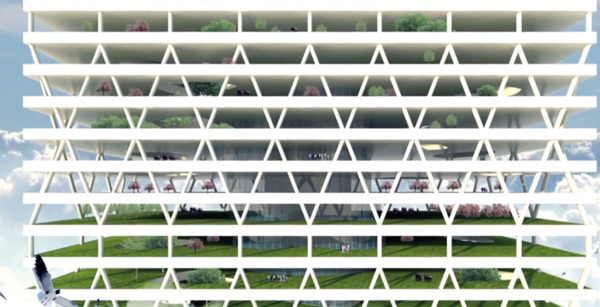
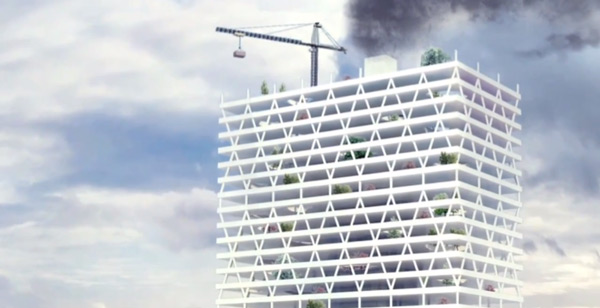
The design calls for an open-air building with tiers of parkland burial grounds. Says McSherry,
Urns Made in the USA
Existing cemeteries will slowly be removed to provide land to the city’s living souls. The vertical cemetery, with its open front, will become a significant part of the city and a daily reminder of death’s existence. In time, the city’s tallest and largest building will become a grave for all its citizens – the city’s ever-changing monument. (Source)
Cemeteries of the Future: Lighting the Way
Winner of the Future Cemetery Design Competition held by the University of Bath’s Centre for Death and Society, the “Sylvan Constellation” design proposes “a network of memorial vessels which would transform biomass into an elegant and perpetually renewing constellation of light which could illuminate pathways,” according to Bath University News.
Submitted by Columbia University’s Graduate School of Architecture, Planning and Preservation, the design perfectly captures the trending ideas of energy efficiency, sustainability, and conservation of land in a way that combines them with a beautiful sensibilities and budding technology capabilities.
Cemeteries of the Future: Forestry
The rise of funeral products that combine burial with the planting of a tree present a vision of cemetery forests, in which loved ones are memorialized by a living, growing tree rather than the cold stone of a grave marker.
At Urns Northwest, we’ve been offering Memorial Tree Urns for several years to a warm reception from our clients. These urns are made from a natural clay-based material and hold a small amount of remains (35 cubic inches). Included in the composition are the seeds, which will grow into a beautiful memorial tree, along with a unique mixture that aids in the release of beneficial plant nutrients that are found in cremated ashes. This product provides the opportunity to bury cremated remains in a special location and at the same time provide a healthy tree to enrich the environment.
Another interesting product is the Capsula Mundi Burial Pod, which is a working design for full-body burial. From the developer’s website:
It’s an egg-shaped pod, an ancient and perfect form, made of biodegradable material, where our departed loved ones are placed for burial. Ashes will be held in small Capsulas while bodies will be laid down in a fetal position in larger pods. The pod will then be buried as a seed in the earth. A tree, chosen in life by the deceased, will be planted on top of it and serve as a memorial for the departed and as a legacy for posterity and the future of our planet. Family and friends will continue to care for the tree as it grows. Cemeteries will acquire a new look and, instead of the cold grey landscape we see today, they will grow into vibrant woodlands.
These two products are some of the more popular of many developing funeral products involving the growth of plants. Expect to see many more options and designs in the coming years, as well as cemeteries dedicated to this type of burial and memorial.
Cemeteries of the Future: High-Tech Vaults
The glowing Buddha statues each represent a deceased person, whose cremated remains lie in rest behind the statue in a new, high-tech burial vault columbarium in Japan called Ruriden.
According to Motherboard,
In Japan, declining birth rates, shortages of space in cities, and skyrocketing prices for cemetery plots have brought on a radical rethink in how the deceased are both buried and commemorated by those they leave behind.
Traditionally, each family would own a plot of land and a stone tomb—together costing between 230,000 yen ($20,000) and 460,000 yen ($40,000)—in a physical cemetery in an urban area. As people die, their cremated remains are stored in burial urns and placed inside the family grave. The grave is passed down the generations and the upkeep of these tombstones and yearly maintenance fee are shouldered by living relatives.
The high costs and limited supply of these burial sites has given rise to alternative structures, such as the Ruriden. This burial vault site is a space-conscious structure that rises upward from the narrow city streets below. Modern technology allows relatives to access the locker number and personal details for the decedent via swipe card.
Cemeteries of the Future: GPS Headstones

In Calgary, full cemeteries and diminishing land space has produced a new trend: GPS locators instead of physical headstones. From CBC News Calgary:
A council committee approved a strategy Tuesday that incorporates technology, including global positioning system units, and environmentally friendly techniques to make the most use of new cemetery land.
Two new cemeteries, approved for the southeast and the north of the city, will have sections for green burials, where there won’t be any grave markers, said Archie Lang, the city’s manager of cemeteries.
A family visiting the cemetery will be given a hand-held unit to find loved ones. “It’ll have the GPS location on there,” Lang said. “They’ll be able to go right to the head of the grave and they’ll know exactly where their loved one’s buried.”
GPS embedded headstones, unmarked graves with GPS locators at scattering and burial sites, and other uses for the global positioning system are on the rise in the next generation of cemeteries and burial grounds. GPS is also becoming a standard in cemeteries of the past, as research combines with technology to help discover and locate unmarked or unreadable grave sites.
Cemeteries of the Future: Compost-Based Renewal
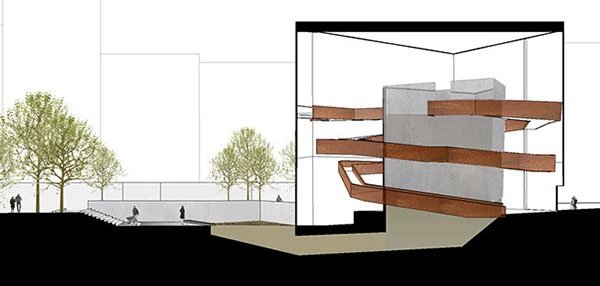
More families are becoming aware of the toxic chemicals used in most embalming processes, and along with the rising trend in eco-friendly burial allows the potential of entirely new ideas to take hold. One such idea involves utilizing the natural decomposition process to give
From the Urban Death Project FAQ section:
The Urban Death Project (UDP) utilizes the process of composting to safely and gently turn our deceased into soil, creating a meaningful, equitable, and ecological option for the disposition of the dead. We are proposing a new model for death care in our cities that is replicable, scalable, non-profit, and beneficial to the planet.
The project is a solution to the overcrowding of city cemeteries and the unsustainable methods we currently use. It is a new ritual for laying our loved ones to rest.
More specifically, we are proposing a new type of architecture for our cities: buildings that are part public park, part funeral home, part memorial to the people we love. Inside each of these buildings will be a core system, where the bodies of the deceased are transformed into soil.
You can read more about this innovative idea here.
More Ideas & Further Reading
io9 has a neat article on trends in future graveyards, noting some of the above ideas plus these:
- Biodegradable natural burial – chemical free, with biodegradable urns and caskets
- Virtual graveyards – digital, 3-dimensional online recreations of cemeteries such as Arlington
- Interactive headstones – monuments linked to phone apps filled with information about the deceased
- Cryonics – the rising trend of cryonics may result in entire cemeteries filled with the (perhaps) temporarily dead
What do you think the cemeteries of the future will look like? Leave a comment below with your thoughts….


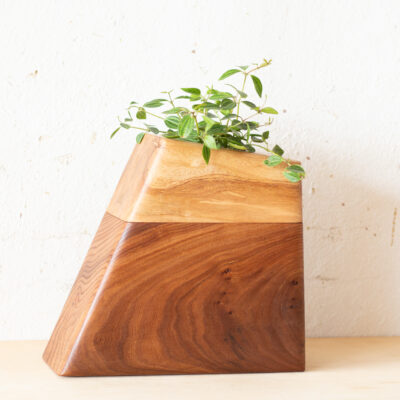

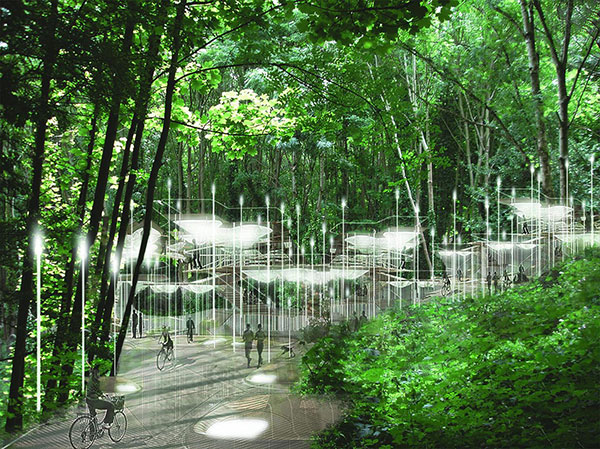
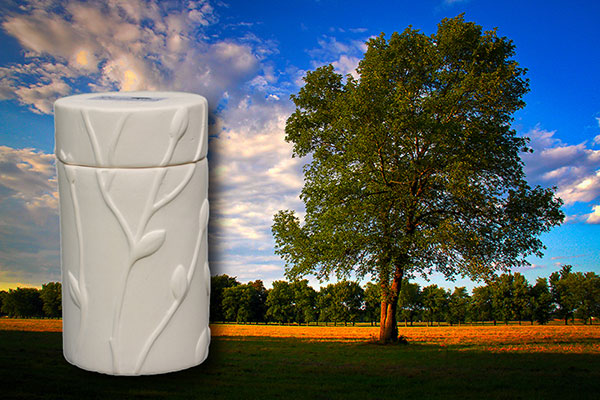
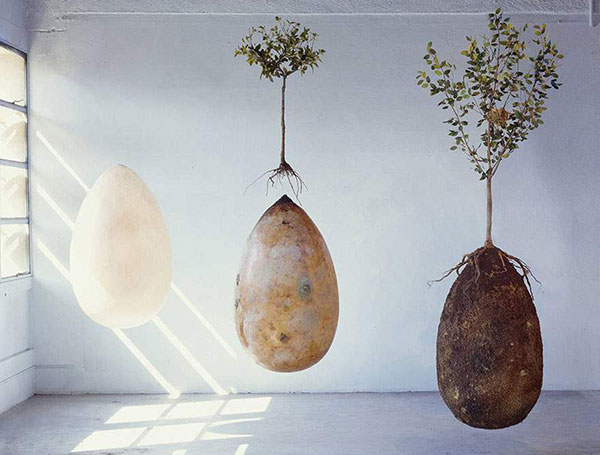
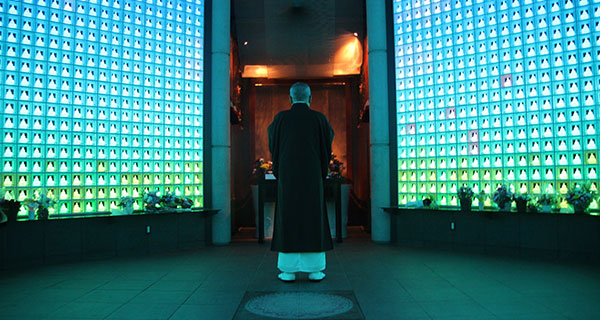

do you carry the Bios Urn? looking for a great biodegradable urn
Hi Felina,
No, we do not carry the Bios Urn. However, we do offer a line of beautiful memorial tree urns: http://urnsnw.com/memorial-tree-urns/
Thanks!